In the delicate journey of postoperative recovery, the care and protection of surgical scars often become a paramount concern for patients and healthcare providers alike. Among the various strategies employed to ensure optimal healing and aesthetic outcomes, the use of specialized sun-protective clothing has emerged as a critical component. This innovative approach not only addresses the immediate need for physical protection but also integrates seamlessly into the daily lives of recovering individuals, offering a blend of functionality, comfort, and peace of mind.
The skin, when compromised by surgical incisions, enters a vulnerable state where it is highly susceptible to external aggressors, particularly ultraviolet (UV) radiation from the sun. Fresh scars, characterized by newly formed tissue, lack the melanin and structural integrity of undamaged skin, making them extraordinarily prone to hyperpigmentation, burns, and long-term discoloration. Exposure to UV rays during this critical healing phase can not only exacerbate inflammation and delay the recovery process but also lead to permanent darkening or reddening of the scar, undermining the surgical results. Thus, shielding these areas from the sun becomes non-negotiable, and while topical sunscreens are commonly recommended, they present challenges such as the need for frequent reapplication, potential irritation, and incompatibility with certain types of dressings or sensitive skin.
Enter sun-protective apparel, a sophisticated solution designed to provide consistent, reliable, and hassle-free UV protection. Unlike regular clothing, which may offer variable and often insufficient defense against harmful rays, these garments are engineered with tightly woven fabrics that boast a high Ultraviolet Protection Factor (UPF). UPF ratings, similar to SPF in sunscreens, indicate the level of UV radiation blocked by the fabric; for instance, a UPF 50 garment allows only 1/50th of the sun's UV rays to penetrate, effectively blocking 98% of UV radiation. This makes them an ideal choice for safeguarding postoperative scars, as they deliver uninterrupted protection without the drawbacks associated with creams or sprays.
The benefits of incorporating such clothing into postoperative care are multifaceted. Firstly, they offer comprehensive coverage, ensuring that the entire scar area, along with surrounding skin, is shielded from both direct and indirect sunlight. This is particularly advantageous for scars in hard-to-reach or extensive areas, where applying sunscreen evenly can be cumbersome. Moreover, these garments are crafted from advanced materials that are not only lightweight and breathable but also moisture-wicking, reducing the risk of irritation, overheating, or maceration—a common concern during recovery. Many designs also feature seamless construction and soft, non-abrasive textures that minimize friction against delicate scar tissue, promoting comfort and preventing additional trauma.
When selecting sun-protective clothing for scar management, several factors warrant careful consideration. The UPF rating should be the foremost criterion; opting for garments with a UPF of 50 or higher ensures maximum protection. The fit is equally important—clothing should be snug enough to stay in place and maintain coverage but not so tight as to constrict movement or put pressure on healing incisions. Styles such as sleeves, leggings, shirts, or full-body suits can be chosen based on the location and size of the scar. Additionally, the fabric composition plays a role; blends incorporating elastane or spandex offer stretch and adaptability, while natural fibers like merino wool provide temperature regulation. It is also advisable to look for items that are quick-drying and easy to care for, as hygiene is crucial during recovery.
Beyond the technical specifications, the psychological and practical advantages of sun-protective wear cannot be overstated. For patients, the ability to engage in outdoor activities—whether it's a gentle walk, gardening, or simply enjoying fresh air—without constant anxiety about sun exposure fosters a sense of normalcy and well-being during what can be a stressful period. This empowerment encourages adherence to sun protection guidelines, which is often a challenge with topical products that require discipline and repetition. Furthermore, these garments can be worn discreetly under regular clothing or as part of an outfit, making them a versatile and socially unobtrusive option for everyday use.
In conclusion, the integration of sun-protective clothing into postoperative scar care represents a harmonious marriage of science and practicality. By providing robust, sustained defense against UV damage, enhancing physical comfort, and supporting emotional confidence, these specialized garments address the holistic needs of recovering patients. As advancements in textile technology continue to evolve, offering even more innovative and patient-centric solutions, sun-protective apparel is poised to become an indispensable tool in the pursuit of optimal healing and flawless recovery.

By /Aug 26, 2025

By /Aug 26, 2025
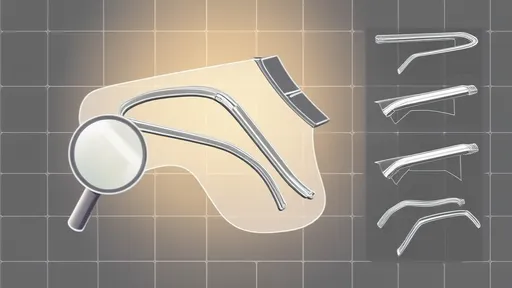
By /Aug 26, 2025
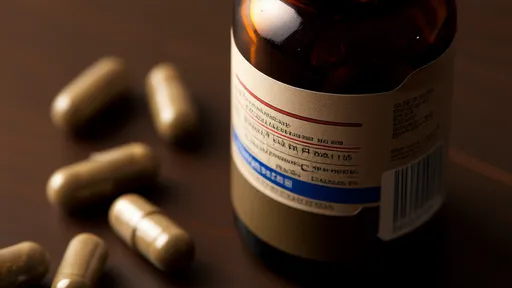
By /Aug 26, 2025

By /Aug 26, 2025

By /Aug 26, 2025

By /Aug 26, 2025

By /Aug 26, 2025
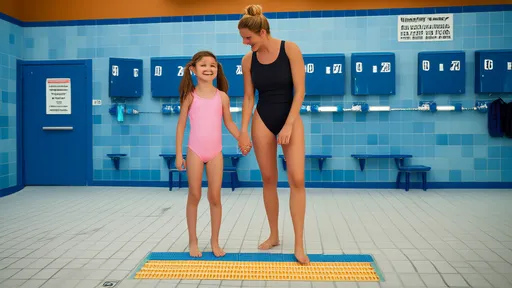
By /Aug 26, 2025
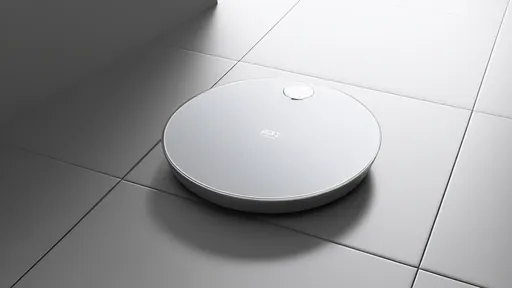
By /Aug 26, 2025

By /Aug 26, 2025
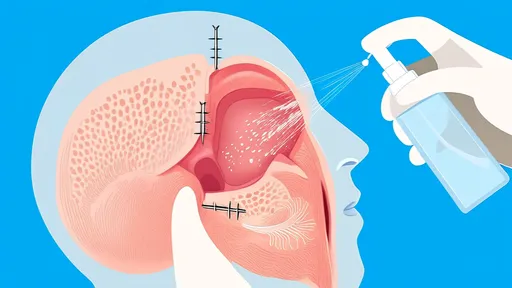
By /Aug 26, 2025
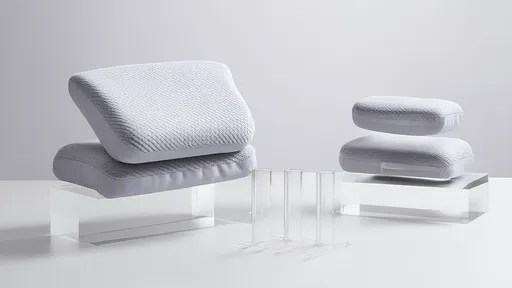
By /Aug 26, 2025

By /Aug 26, 2025
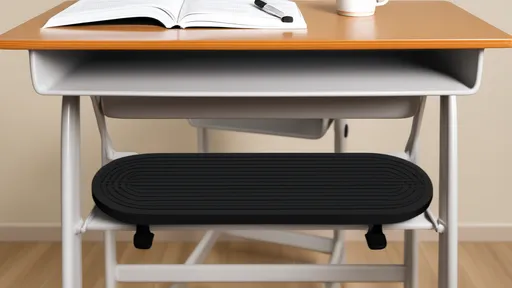
By /Aug 26, 2025

By /Aug 26, 2025
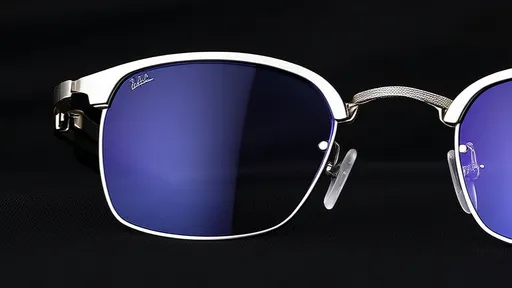
By /Aug 26, 2025

By /Aug 26, 2025
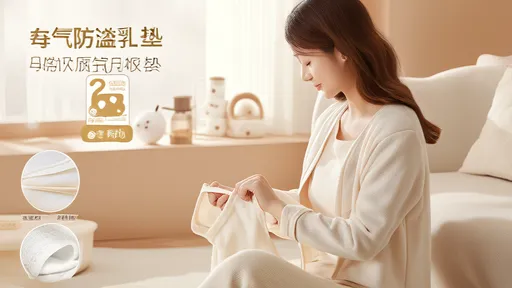
By /Aug 26, 2025

By /Aug 26, 2025